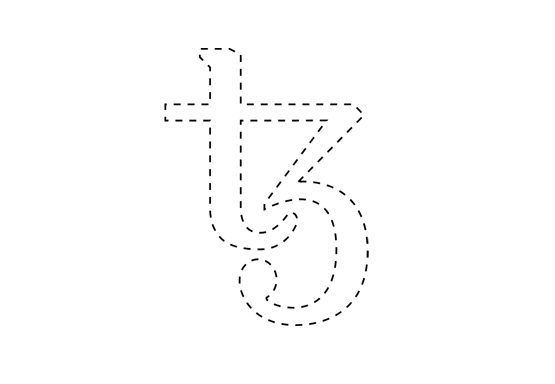Tezos discusses its self-amending blockchain, slated for springtime release
In 2014, Tezos proposed a blockchain offering a voting procedure for stakeholders to approve amendments.

Tezos presents a self-amending blockchain, addressing the ironic fact that consensus systems often become hamstrung when their own rules need to change.
The Tezos team first proposed its "seed protocol" back in 2014, a blockchain protocol offering a voting procedure for stakeholders to approve amendments to the protocol, including changes to the voting procedure itself. In this respect, Tezos is related to the work of philosopher Peter Suber and Nomic, a game he invented which includes mechanisms for players to change the rules, usually beginning through a system of democratic voting.
Given the recent history of contentious hard forks and blocksize debates, the Tezos team must be getting tired of people pointing to the prescience of their self-amending protocol.
"No, we don't get sick of that," says Kathleen Breitman of Tezos. "Mostly because when the paper was first released [in 2014] people said 'no, the nature of Bitcoin is that there is no social element to it, code is law.'"
Her husband Arthur Breitman's initial worries about proof-of-work were later compounded by an obvious unwillingness to innovate in the protocol and what he saw as stagnation.
"I thought about the dynamics of hard forks: if you split the ledger into an old and new version, which one will retain its value? This led me to understand the importance of the social consensus around Bitcoin, and its danger as potential source of centralisation."
However, he sensed that addressing this issue could also potentially help the network overcome technological problems. "There are problems on agreeing about what to do with the network and yet we're sitting on a consensus-forming technology. Why not fold it in, use the blockchain to resolve consensus issues over protocol changes?"
These days interoperability within the blockchain universe is something you hear about quite a bit and Tezos, it has been suggested, could act as some sort of meta-layer for governance.
"I don't think this makes a whole lot of sense," says Arthur. "You should think of a protocol as having jurisdiction over its underlying blockchain. Your protocol has control over what happens in it, but nothing else, it can't dictate what will happen in some other one. You can transport proofs of what happens from one network to the other, so you could perhaps monitor a governance decision, but not enforce them. In Tezos, we can directly enforce the decision."
Kathleen added: "There's definitely a fad both in public and private blockchain thinking about interoperability. But it comes at a cost since porting proofs from one area to another is cumbersome."
In a recent interview R3's Tim Swanson sees an evolving bifurcation depending on use cases, where certain blockchains will always naturally eschew government – what he calls anarchic chains – while enterprise-type blockchains will need to interface with regulation and legal system.
Arthur said: "I mostly share this a point of view. People envision blockchains for different use-cases: this will be the blockchain of identity; that will be the blockchain of healthcare, etc. I think that the real landscape will be one of trade-offs between security, scalability, and censorship resistance. We'll see a spectrum with some completely anarchic blockchains and some highly regulated ones.
"But I don't think it's binary. There's a lot of space in between. A company like AirBnB today operates within the law, but they are also pushing the boundary on regulation with new technology. I think this leaves room for many products to emerge."
Changing a blockchain protocol is a big deal, but Tezos intends to take a conservative approach. "In addition to the ability to vote in new code to the network, we also have a testbed which I think would help out with some of the other crypto projects' arguments as well," said Kathleen. "I like that aspect of it and I think that actually helps reduce what can be a very emotional and politically driven argument down to a matter of asking, does this work, does this achieve the goals of the community - which is something that has to be established at the forefront."
Regarding the hard forking of Ethereum, Arthur said: "To me the main problem in the first hard fork in Ethereum is not so much the decision they took, as the procedure by which they reached the decision.
"A lot of it happened behind closed doors. People were not exactly privy to what was happening; it was pushed on them pretty quickly. Had they reached the same decision but with a clear governance process where they could say, 'you know what, we have a procedure for dealing with this type of situation, and in this type of situation this is the procedure we follow', then it wouldn't look as arbitrary.
"Ultimately I think what most people disliked is the realisation that the Foundation acted as a central authority. People bought into a decentralised network and all of a sudden they realised this Foundation actually wields a ton of power."
Kathleen recently left her job at R3 to run the operations for Tezos as it heads towards a release early next year. She said: "We are pretty far along in terms of development. We only have a few minor things that we are tweaking in anticipation of the testnet being released to the public which will be in January.
"Then in March we will have a crowdsale for Tezos tokens, which will take place over the course of four weeks. We don't have any particular date set yet but we anticipate a proper network release maybe a month later."
© Copyright IBTimes 2025. All rights reserved.






















